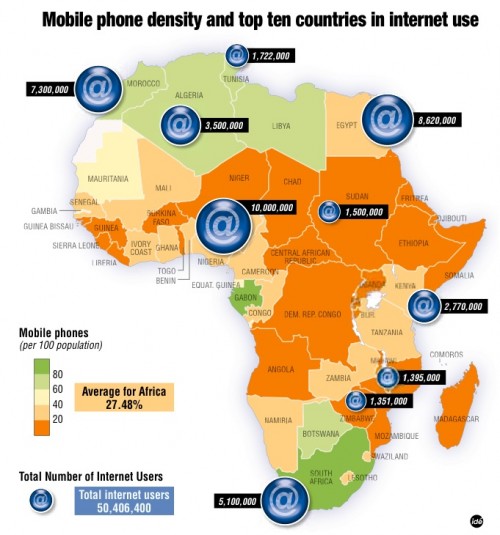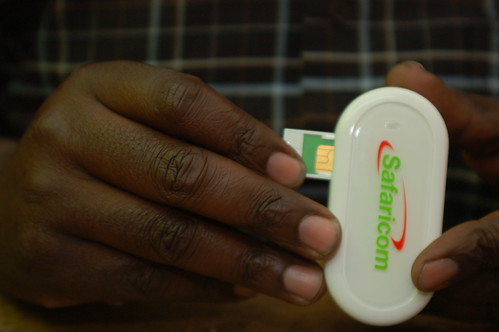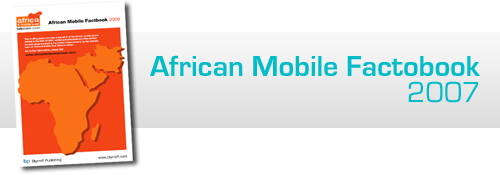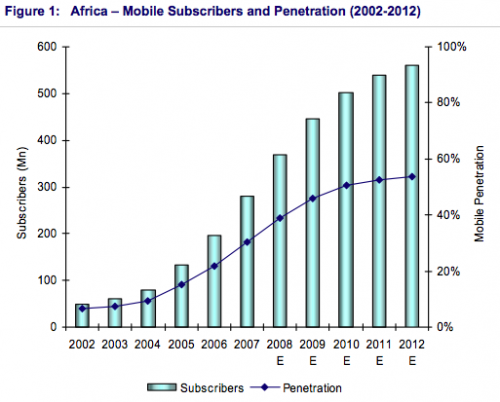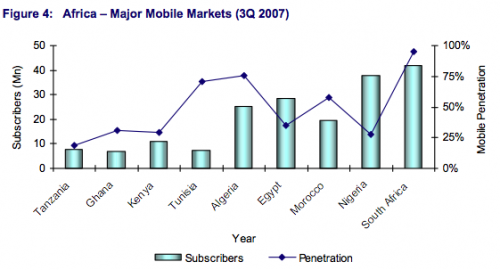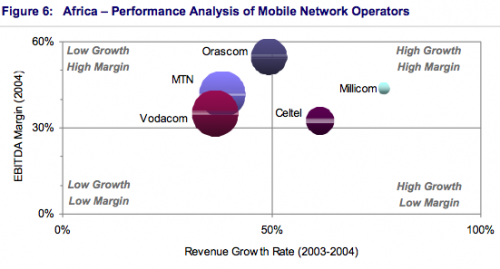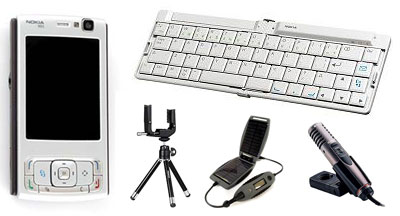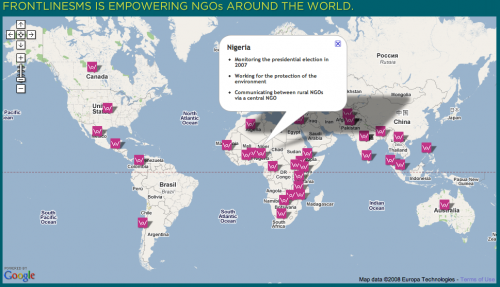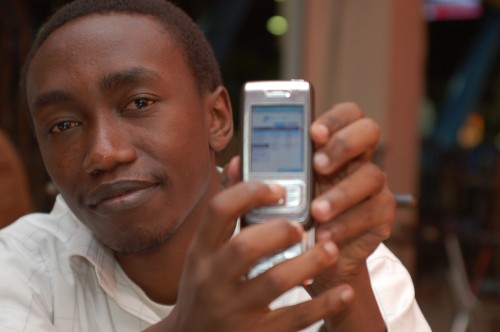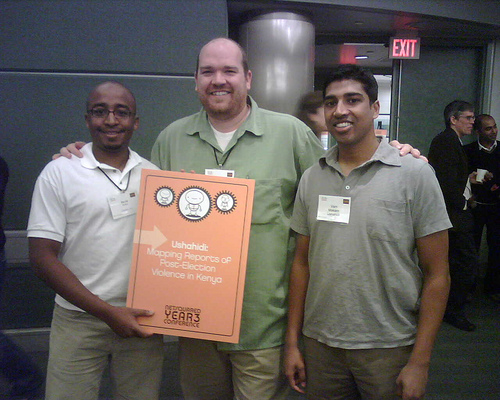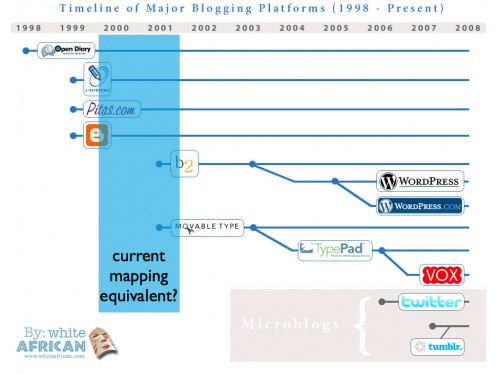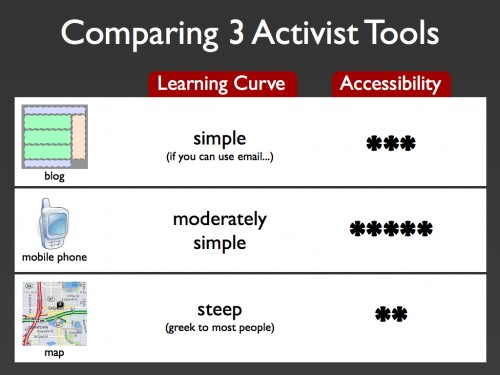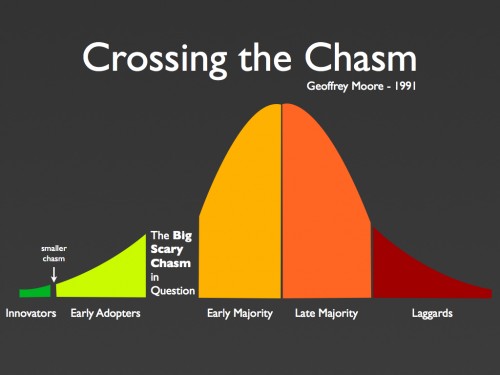The Africa Report’s quarterly magazine has come out, this time with a report on mobile phones, internet penetration, BPO zones and mobile banking. If you’re not subscribed to this quarterly magazine yet, you should – it’s available in almost every country. Personally speaking, it’s one of only three magazines I subscribe to (the others are MAKE and Technology Review).
“The division between the ICT ‘haves’ and ‘have-nots’ now runs through the heart of the continent, geographically and generationally. While young urban Kenyans and Nigerians feel at home messaging one another on social-networking sites, the elders in the rural landlocked hinterlands have yet to send an email, and many have never made a phone call. Tunisia and Morocco compete furiously with one another in the business process outsourcing (BPO) market for francophone call centres, but most businesses in the Sahel have never heard of doing their accounts on Excel spreadsheets.
Mobile Broadband Internet in Africa
While it’s good to talk about mobile phone penetration, I was a lot more interested in seeing the discussion going on around mobile broadband internet and how that is the next big move in Africa for the operators. Passing data, not just voice, is the battleground of the future in Africa – and all the carriers are fighting to position themselves to win.
I saw this happening in my most recent trip to Kenya where the local ISPs are very much aware of their dongle-toting SIM card competition (see image below) found in Safaricom and Celtel. As voice services begin to erode for mobile carriers in Africa, they have to find new ways to compete. Of course, this means more and increasingly cheaper options for consumers around the continent.
With new carriers still entering into the fray, older ones having to change their business strategies, and ISPs who are also getting better international bandwidth connections the real battle for the internet in Africa is just beginning. It’s very much of a “wild west” atmosphere with huge stakes at both the country and regional levels.
[download the extract of this article here, a 772Kb PDF)
